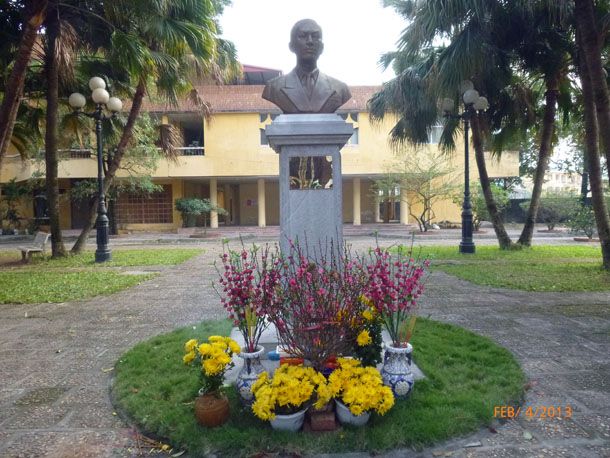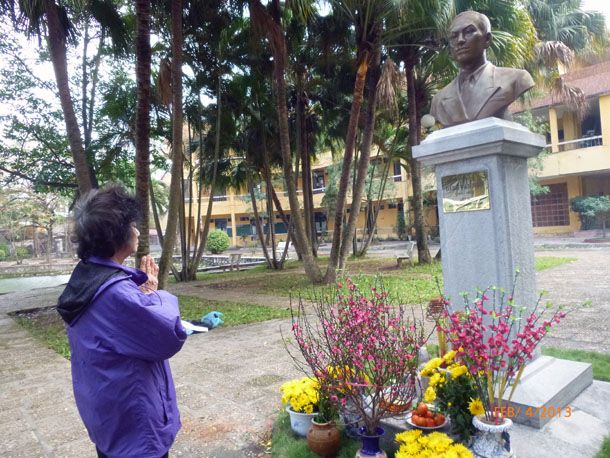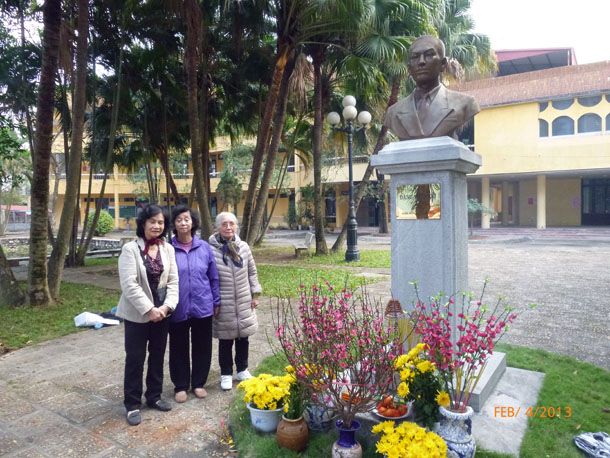Vĩnh biệt Mì gói
Video quay bao tử tiêu hóa mì gói (nhãn bên dưới) của bác sĩ Braden Kuo tại bệnh viện Massachusetts General Hospital vừa được thực hiện.
Video này được bỏ lên Youtube 3 tháng mà đã có trên 1,7 triệu người xem, tức là hãng mì gói mất đi hết 1,7 triệu người tiêu thụ? Nhưng không sao, vì nội Việt Nam đã có tới 100 triệu khách hàng rồi.
Nếu bạn forward email này cho các bạn thì hãng mì gói sẽ mất thêm 5 triệu khách hàng khác.
Tóm lược: Mười tiếng đồng hồ sau khi một người ăn mì gói, sợi mì chưa tiêu hóa vì chất bảo quản, giữ cho mì không hỏng hay mốc trong một thời gian lâu dài. Trên gói mì, các bạn thấy có ghi chất TBHQ là chất bảo quản, nó là Tertiary Butylhydroquinone. Vai trò của nó là chất anti-oxidant mạnh, chống mì khỏi phai màu, hư thối, giúp gia vị không mất hương vị theo thời gian dài, giữ cho dầu mỡ không bị hôi hay hư khi để lâu.
Ngược lại, chỉ trong vòng 20 phút sau khi ăn, sợi mì “nấu tại nhà” đã bị nát ra.
Kết luận: Bao tử vật lộn với mấy cọng mì gói y như đánh lộn với giây thun? Không có chất bổ dinh dưỡng gì.
BOSTON - A video that has gone viral online may have many rethinking packaged Ramen Noodles for dinner.
The video is so provocative that it has gotten over 1.7 million views on Youtube in just a few months.
Chemically preserved for a long shelf life, and easy on the budget at four packages for $1, packaged Ramen Noodles are a staple in many homes. But until now, no one's ever gotten a look at what happens to them inside the stomach.
After Massachusetts General Hospital found a couple of test subjects willing to swallow the processed meal along with a tiny video camera, we can now see what happens to the noodles once eaten.
Dr. Braden Kuo said he has been stunned by the reaction and what he calls the macabre interest the project has drawn.
The smart pill camera, roughly the size of a large multivitamin, has given researchers an unprecedented 32-hour video from the stomach to the small intestine.
Prior to this clinical trial, such cameras had only been used to study a person’s insides when they were empty.
Kuo, who is the Director of the GI Motility Lab, said the video is striking, showing the stomach contracting back and forth as it tries to grind up the Ramen Nonhuyodles.
For comparison, the study subjects also ate fresh, homemade noodles -- on a different day.
When viewed side by side, the results were significantly different, like comparing the digestion of real pasta noodles to... rubber bands?
Click here to watch video on YouTube:
http://youtu.be/z-7bHHNpgOc








Không có nhận xét nào:
Đăng nhận xét